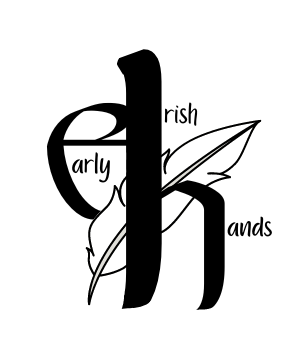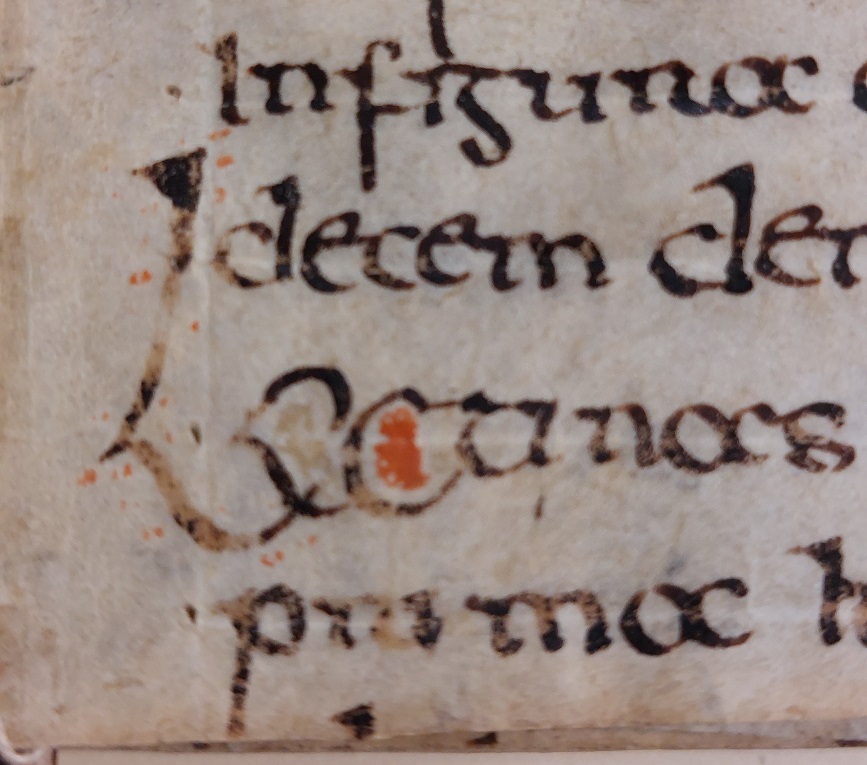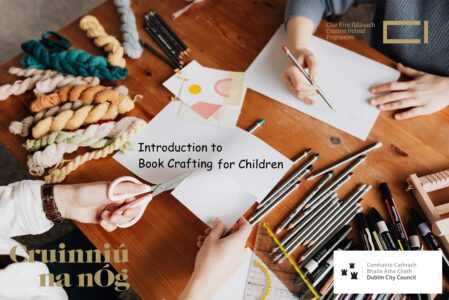Welcome to the Early Irish Hands research project webpage. This project is the brainchild of PI Nicole Volmering and is housed in the Medieval History Research Centre of the Department of History, Trinity College Dublin. The project has received generous funding from the SFI-IRC Pathway Programme under grant agreement 21/PATH-A/9465. Over the next four years the project team will be working on tracing the earliest development of Irish script and book production. 📖
Early Irish Hands: The Development of Writing in Early Ireland
The early medieval period (ca. 550-900 AD) saw great advancements in learning and manuscript production across Europe, to which the islands of Britain and Ireland (‘the insular world’) made fundamental contributions in terms of learning and through the dissemination of insular script and art styles. It is also in this period that a distinct Irish script develops that goes on to shape Irish cultural identity right up to the modern period: Ireland is still famous for the prized majuscule script of deluxe books such as the famous Book of Kells (made ca. 800). The modern version of this script, an Cló Gaelach, was in common use well into the 20th century and is still found on street signs all across Ireland.
However, much is still unclear about the early development of Irish script and associated writing techniques. The Early Irish Hands project investigates the origins of this crucial part of Irish cultural heritage. Even by conservative standards, some 130 manuscripts survive containing Irish script. These provide crucial and tangible evidence for the intellectual culture of Irish communities largely lost to history: communities of scribes trained according to Irish traditions. By collecting evidence from a large number of early Irish manuscripts, the project aims to create a detailed picture of the formation of medieval Irish intellectual culture and book making practices. In addition, this project will create new resources for researchers as well as tools to make Irish script more accessible to teachers of Irish history and to the general public.
What are we doing?
The primary aim of the project is to gain insight into the early medieval written culture of Ireland by studying the development and dissemination of early Irish script and writing techniques, including techniques related to the production of the manuscript book. In order to gain this insight, we focus on research activities which lead to a better understanding of the writing techniques used and developed in early Irish scriptoria; which enable more accurate differentiation of scribal ‘hands’ (the term for the script of individual scribes); which enable us to date and locate early manuscripts more accurately through improved understanding of regional differences in script and production; and which improve our understanding of the development of Irish script used on the continent. The project has three key target areas.



